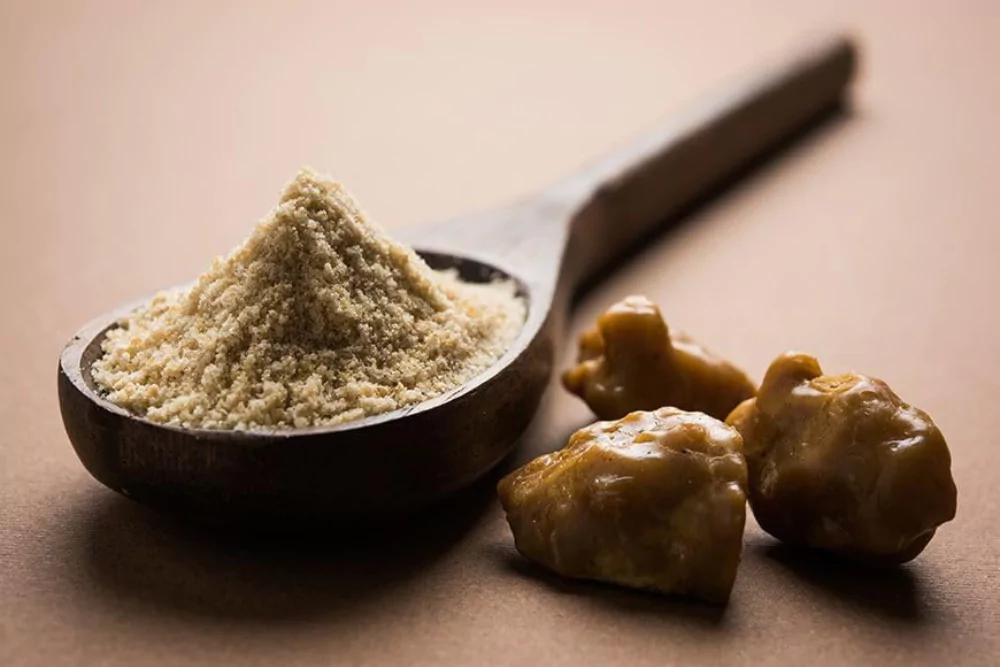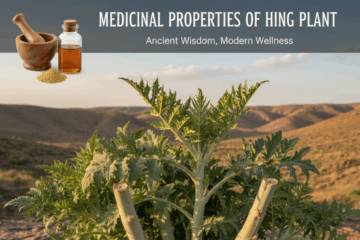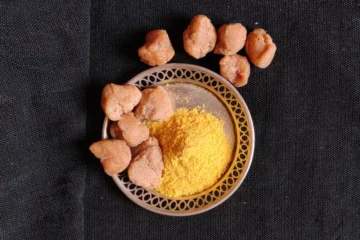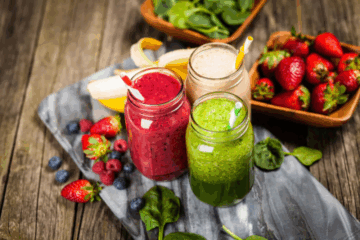In today’s world where sustainability is essential, people are turning back to natural remedies for everyday needs. One such gem is hing (asafoetida), often used in Indian kitchens. Surprisingly, hing is not just a spice — it also works as a natural, eco-friendly cleaning aid. Let’s explore how hing can make your home fresh, hygienic, and safe.
Can hing really be used for cleaning — what properties make it effective against germs or odours?
Short Answer: Yes, hing can be used for cleaning. Its antimicrobial, antifungal properties and strong aroma help neutralize odours and purify spaces naturally.
Detailed Answer:
- Antimicrobial Properties: Hing contains natural compounds that fight bacteria and fungi, making it effective for cleaning surfaces prone to germs.
- Odour Neutralisation: Its strong, earthy aroma works as a natural deodoriser, especially in kitchens and bathrooms.
- Traditional Use: In Ayurveda, hing has been used for purifying rooms and spaces, showing its long-standing reputation as a cleanser.
- Chemical-Free Cleaning: Unlike harsh synthetic cleaners, hing provides a safe and sustainable option for eco-conscious homes.
What types of surfaces or areas can I clean with hing — is it safe for kitchen counters, bathrooms, or fabrics?
Short Answer: Hing can clean tiles, sinks, fridge interiors, and kitchen counters when diluted. Avoid using it on delicate fabrics, porous stones, or polished wooden surfaces.
Detailed Answer:
- Kitchen Counters: Safe when used in a diluted solution for disinfecting non-porous countertops.
- Bathroom Surfaces: Works effectively on tiles, sink drains, and commodes to reduce odours and kill germs.
- Fridge Interiors: Acts as a deodoriser when used sparingly in diluted spray form.
- Fabrics: Not recommended for delicate fabrics as hing can leave stains and odour if overused.
- Caution: Avoid on marble, granite, or untreated wooden surfaces as the acidic combination with hing may cause damage.
How do I make a hing-based cleaning solution at home — what’s the right ratio and method?
Short Answer: Mix ½ teaspoon hing in 1 cup warm water, add lemon juice or vinegar, shake well, and use as a spray or wipe for cleaning.
Detailed Answer:
- Ingredients Required:
- ½ teaspoon hing (food-grade)
- 1 cup warm water
- 1 tablespoon lemon juice or vinegar
- Method:
- Mix hing in warm water until fully dissolved.
- Add lemon juice or vinegar for extra germ-fighting and freshness.
- Pour into a spray bottle and shake well before use.
- Usage: Spray directly on surfaces or apply with a clean cloth for wiping.
- Storage: Store the solution in a cool, dark place and use within a week for best results.
Will the smell of hing linger after cleaning — how can I balance its strong aroma with freshness?
Short Answer: The smell of hing can linger, but pairing it with citrus peels, essential oils, or proper ventilation keeps spaces fresh.
Detailed Answer:
- Natural Airing: Open windows or run a fan to let fresh air circulate after cleaning.
- Citrus Boost: Add orange or lemon peels to the hing solution to mask its pungency with citrus notes.
- Essential Oils: A few drops of lavender, eucalyptus, or tea tree oil can balance hing’s aroma while adding antimicrobial benefits.
- Minimal Use: Use only the recommended quantity of hing to reduce excessive odour.
Is hing cleaning safe for homes with kids, pets, or people with allergies — are there any precautions I should take?
Short Answer: Hing is safe when used in small amounts, but always ensure ventilation, patch testing, and use only food-grade hing to avoid irritation.
Detailed Answer:
- Patch Test: Test the hing solution on a small area of the surface before full use to avoid staining or reactions.
- Ventilation: Always clean in a well-ventilated room to prevent hing’s pungent smell from causing discomfort.
- Quantity Control: Use small amounts of hing; excessive use may irritate sensitive individuals.
- Food-Grade Hing: Ensure you use pure, food-grade hing instead of adulterated varieties for safety.
- Allergy Precaution: People with strong spice allergies should avoid direct contact and let others handle hing cleaning.
Comparison: Hing vs. Chemical Cleaners
| Aspect | Hing | Chemical Cleaners |
|---|---|---|
| Eco-friendliness | 100% natural and biodegradable | Often harmful to environment |
| Safety | Safe in diluted form, food-grade quality | May contain toxins harmful to kids/pets |
| Odour | Pungent but natural, can be balanced with citrus | Artificial fragrances, sometimes irritating |
| Cost | Affordable, multipurpose spice | Varies, often expensive specialty cleaners |
Conclusion
Switching to eco-friendly cleaning with hing is a small but impactful step toward a sustainable lifestyle. With its antimicrobial power, odour-neutralising qualities, and traditional credibility, hing can serve as a safe alternative to harsh chemicals. While mindful use is necessary, hing provides modern homes with an effective, natural way to stay clean and green.





